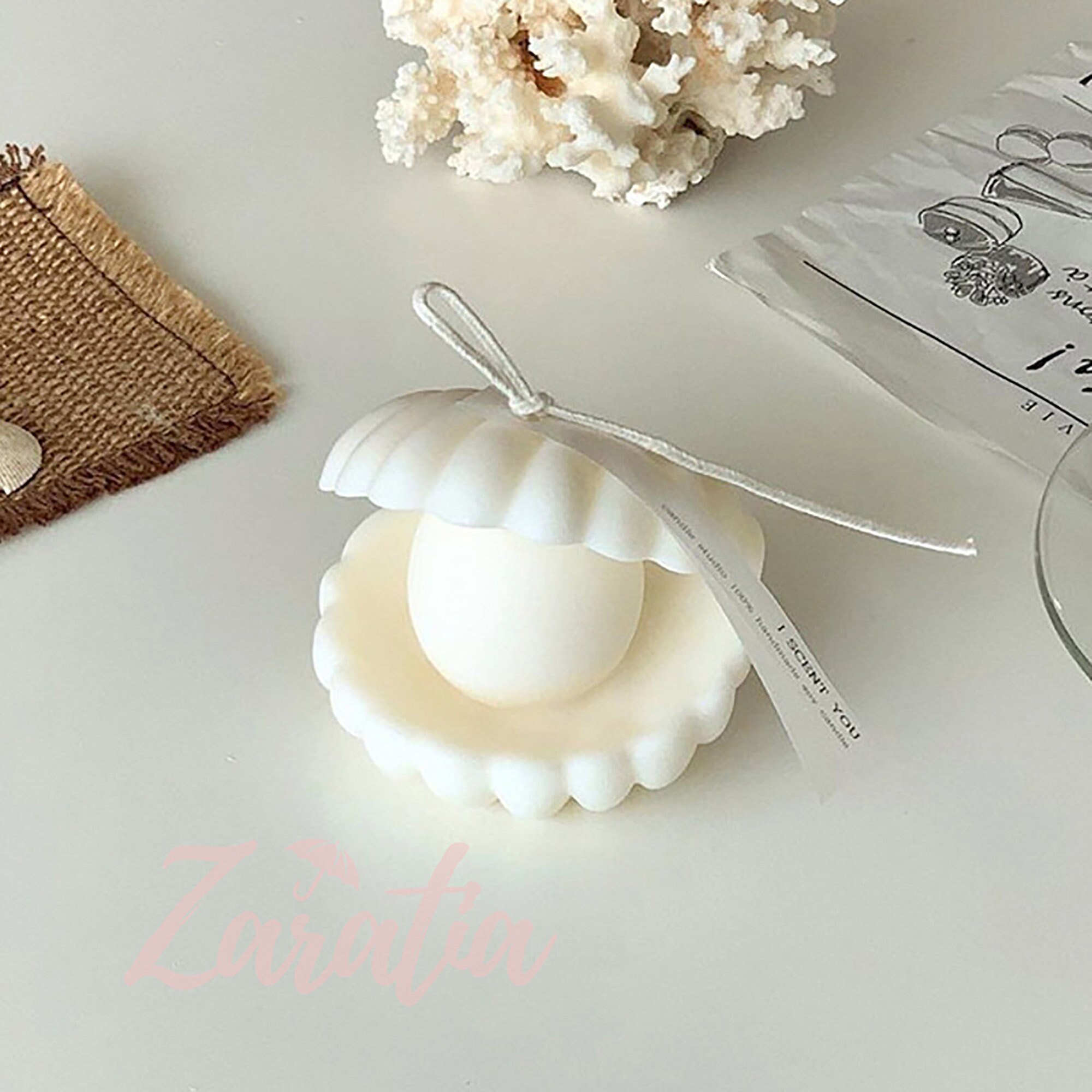


All these results indicate that the core. Quantum dots (QDs) - also called semiconductor nanocrystals, are semiconductor particles a. It was noted that although OAm can etch CdSe NPLs, it can. reported the effect of CdS/CdSe core-shell QDs on the photocatalytic H 2 production in water, and experiments proved that the H 2 photogenerated quantum yield of the core-shell QDs can reach 30.9 under an appropriate CdSe shell thickness, which was 49 higher than that of the bare-core 38. We report on the flash synthesis of CdSe/CdS coreshell quantum dots (QDs). After four cycles, the nearly constant photocatalytic performance indicates the high stability of the Z-scheme heterojunction. Finally, CdSe/CdS core/shell NPLs with emission at 667 nm and a narrow FWHM of 20 nm were obtained. Yanan Guo, Laboratory of Environmental Science and Technology Xinjiang Technical Institute of Physics & Chemistry. It can be ascribed to the synergistic effect of the formation of the Z-scheme heterojunction between HPW and CdS favoring spatial charge separation, and C enhancing the adsorption–photothermal effect. The apparent quantum efficiency (AQE) is 1.69% at 420 nm. The resultant heterojunction with a narrowed band gap of ∼1.45 eV extends the photo-response to the visible light and NIR regions, and shows excellent photocatalytic degradation performance for 2,4-dichlorophenol (97%) and a high photocatalytic hydrogen production rate of 578 μmol h −1 g −1, much higher than that of pristine HPW and CdS. The CdS nanoparticles are dispersed on the surface of uniformly. A carbon colloid sphere acid (HPW)/cadmium sulfide (CdS) nanoparticle Z-scheme heterojunction was fabricated through a combination of hydrothermal and direct template calcination methods. This website requires cookies, and the limited processing of your personal data in order to function. Heterojunctions are considered to be one of the most efficient microstructures for promoting charge separation and extending photoresponse.


 0 kommentar(er)
0 kommentar(er)
